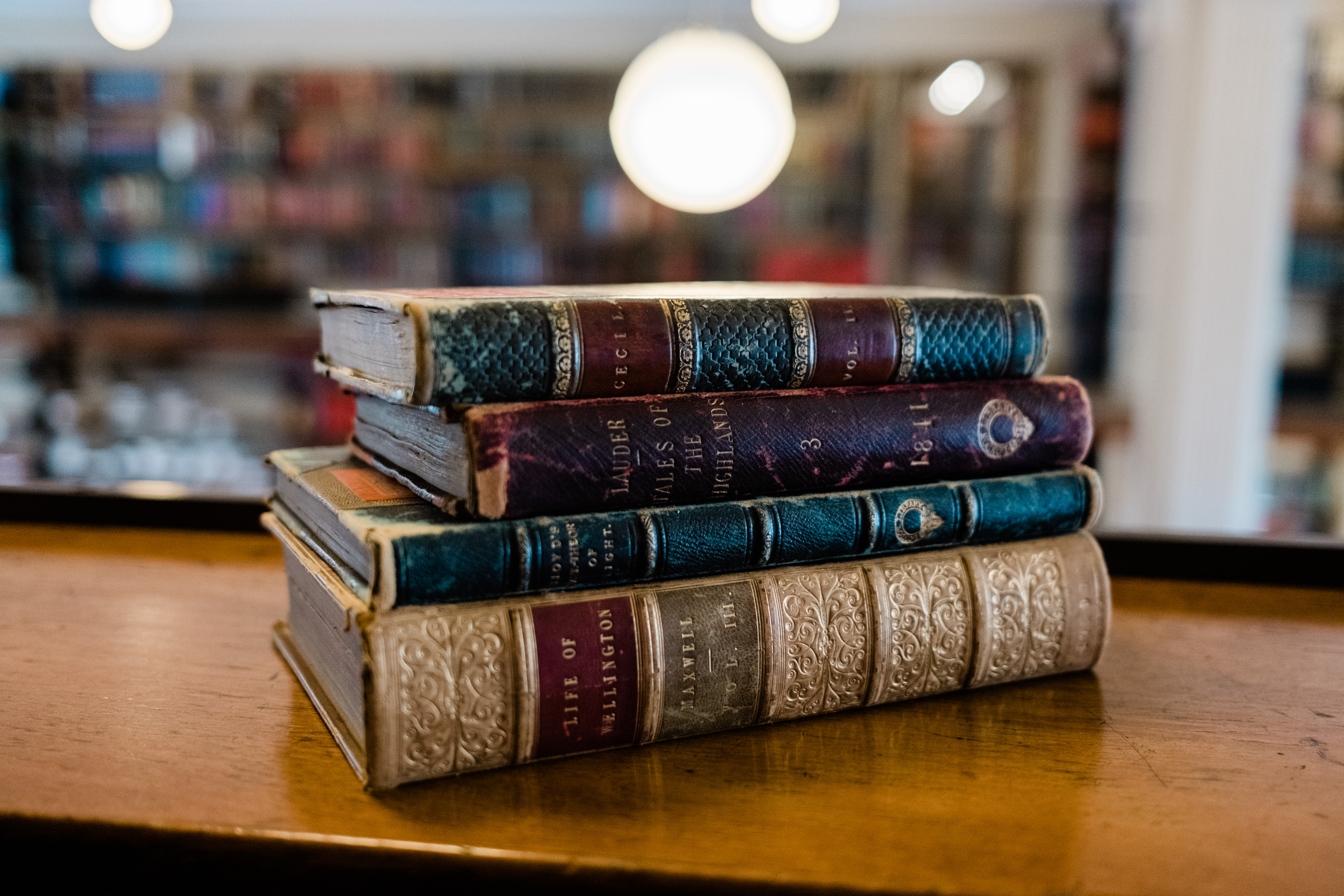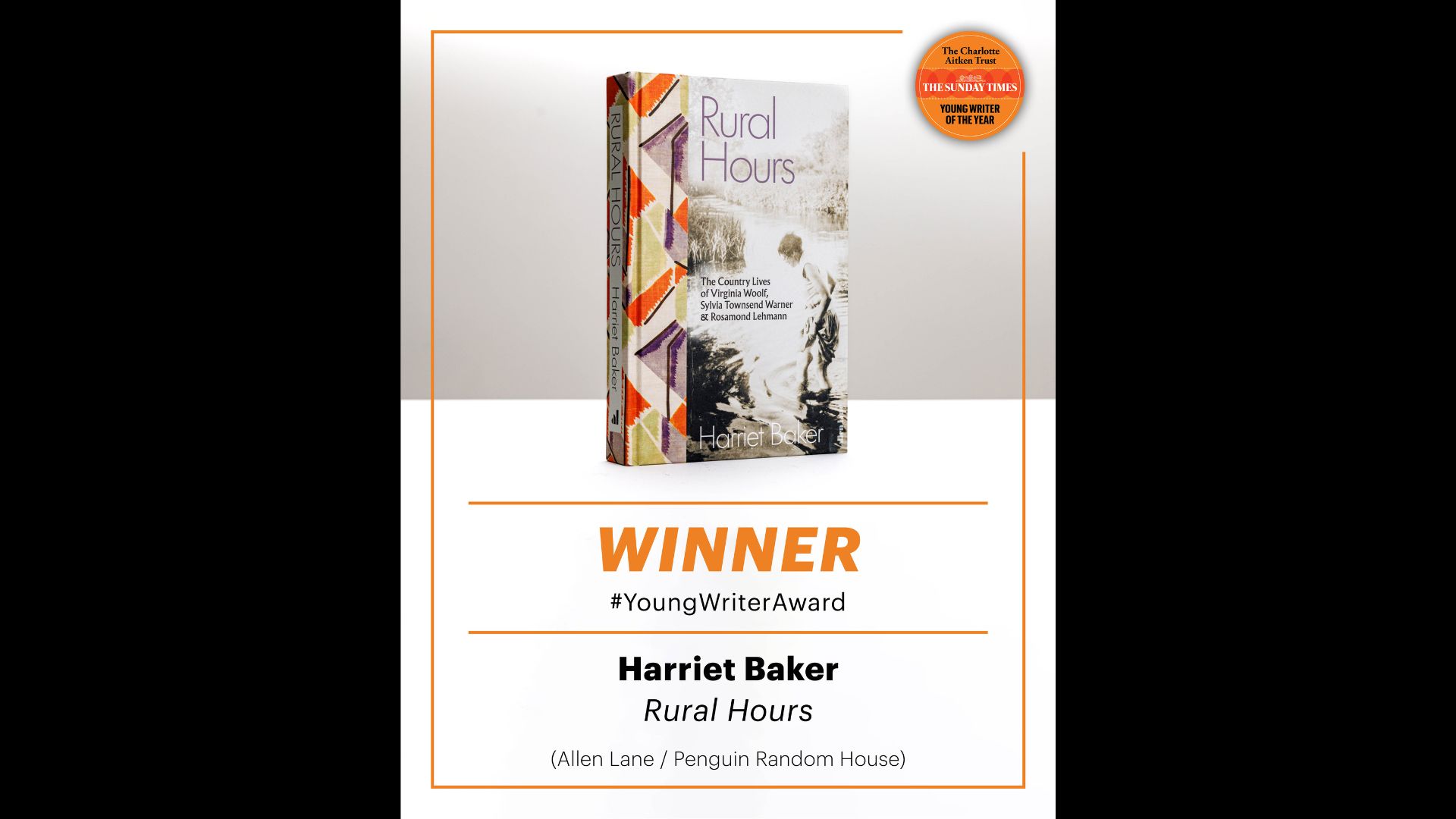In amongst the riches of the Italian material held at The London Library, the collection of Per Nozze (literally “for a wedding”) deserves a special mention. Outside Italy this collection of epithalamia – writings published on the occasion of marriage – is a unique resource with a significance comparing only to those collections of Nozze or Per Nozzeheld at the Central National Library of Florence and the State Library of Berlin.
The origins of nuptialia – literary compositions in verse or prose written and printed to celebrate a wedding – might be traced back to classical times. As poetic compositions, nuptialia were popular in Latin literature, continuing the Italic tradition of rustic verses and poems, like thefescennini, the contents of which could be bawdy or openly licentious. The tradition of Per Nozze, publications presented as gifts and mementos to the spouses – for reasons which have yet to be properly investigated – would appear to have been an almost exclusively Italian custom. Usually printed in limited editions and for private circulation, these volumes or pamphlets of congratulatory verses, were often made without any expense being spared in their delightfully decorated appearance. Whilst some have been preserved in libraries on account of their importance or fine bindings, a great number were printed on poor quality paper, even on loose sheets, and by amateur printers. These works, due to their ephemeral and transitory nature, are now very scarce or no longer extant.
Eminent writers and scholars composed writings Per Nozze, amongst them: Carlo Goldoni, Giuseppe Parini, Giacomo Leopardi and Giosuè Carducci.
Written or compiled to mark the occasion of a wedding, epithalamia are not simply celebratory poems about married love. Compositions Per Nozze, often in prose, cover a remarkable and highly miscellaneous variety of subjects – from history and philosophy, to art, architecture and even scientific fields. These can represent serious contributions to their respective discipline, of lasting merit. Additionally, writings Per Nozze and their contents, can provide invaluable material in the analysis of cultural and social history and life of Italian society, with particular relevance to local events.
The eighteenth-century witnessed a plethoric production of Per Nozze, especially driven by the literary output of the numerous learned academies at the time popular throughout the Italian peninsula. Members of the Accademia degli Arcadi, founded in Rome in 1690, for example, were particularly prolific, as were the so-called frugonianipoets. Writings Per Nozze were printed by the thousand during the nineteenth-century. This sizeable production – which had already generated the veiled irony of Parini in his well-known Ode per nozze – prompted severe criticism. Venetian polymath Francesco Algarotti complained of an “incredible dysentery of sonnets”. French novelist Stendhal, having observed that Italy had faltered in its march towards progress, sarcastically posed the question: “l’Italie se remettra-t-elle à faire des sonnets imprimés sur du satin rose pour les jours de noces?” Several writers, nevertheless, encouraged this tradition. In 1899, man of letters, Luigi Settembrini wrote: “… the custom persists to the present day in every Italian city, this is laudable, and we hope it will last forever”.
The so-called Nozze collection at The London Library – the only UK-based institution to hold this material in such quantity – amounts to over 2,500 pamphlets, bound together in 144 volumes and boxes numbered in sequence and divided into “Poetry”, “Prose” and “Miscellanea”, according to their content. This discrete collection was put together patiently by former Librarian Charles Hagberg Wright and some of the works held would appear to be lacking in Italian libraries. The earliest work held is the fascinating Feste delle nozze del Serenissimo Don Francesco Medici Gran Duca di Toscana et della Sereniss. Sua consorte la Sig. Bianca Cappello, by Raffaello Gualteretto printed at Florence, and dated 1579. Several items feature fine engravings and printers’ devices, and, in some cases, the original highly decorative publisher’s bindings or paper wrappers have been preserved. Some are decorated with elaborate woodcuts or stencil-printed armorial design or embossed patterns. Conspicuously, in a few cases, the text is printed on charming pale blue leaves of paper. Within the collection, a number of publications were not intended to celebrate marriage but rather different occasions, such as all kinds of anniversaries, the taking of vows and promotion to high office. These, more correctly, are often referred to as ingressi, gratulatorie, or monacazioni, also known asNozze in Cristo.
The Library’s holdings would seem to originate mainly from the northern regions of Italy, Venice and the Veneto area in particular. However there are a number of eighteenth-century Per Nozzepublications from Lucca as well as a rare compilation from southern Italy, which includes a composition by the Neapolitan philosopher Giambattista Vico, written to celebrate the wedding, in Naples, of Charles II and Maria Amalia of Saxony in 1738.
Amongst the many gems, there are several rare Nozze of historical interest and others relating to Italian travellers to Elizabethan England, England in the Cromwellian years and those of William and Mary of Orange. To this category belongs the diary of Anton Maria Ragona, a merchant from Vicenza, who travelled to England in the company of Filippo Pigafetta, the renowned traveller, in 1582. In his diary, Ragona recalls his meeting with Sir Francis Walsingham, Secretary of State “who like all great men in England speaks Italian excellently”. Whilst Queen Elizabeth is described as “thin, with a long face, and not unpleasing in appearance”. Additionally, Ragona noticed that “Italians were well received in this court, especially if they had changed their religion”.
Another outstanding example is the rare Giornale del viaggio nella Svizzera, an elegant edition dated 1834, of which only twelve copies were made. The Giornale represents a primary example of the cultural and scientific cosmopolitanism which inspired the European Enlightenment. A noteworthy association of the journal – indeed its claim to fame – lies in its recording a meeting, on 16th September 1777, in the Swiss town of Ferney, between the author, Venetian senator Angelo Querini, and the French philosopher Voltaire, by this time of advanced years.
Furthermore, the Library possesses a set of rare Nozze relating exclusively to the Medici Family of Florence. These include reproductions of documents and letters drafted or composed by Gian Giorgio Trissino, papal legate to Venice and Vienna during the first half of the sixteenth century, and author of the once famous tragedy ofSofonisba. Other pieces of some rarity feature poetic writings of Fogazzaro, Zanella, and Cabianca.
From the early decades of the twentieth century the tradition of writingsPer Nozze started to decline. In a pamphlet published in 1928 the scholar Augusto Campana wrote “today the custom of Per Nozzepublications appears to have passed, almost not approved of. Per Nozze were the charm of a bygone era”. The golden age of publicationsPer Nozze, has undoubtedly waned away. In a 1915 article, however,The Times describes the London Library’s Nozze holdings through the words of Dante, Messo t’ho innanzi: omai per te ti ciba. The marvelous London Library Collection bears testimony to the popularity and significance of a literary genre which deserves indeed to be better known.


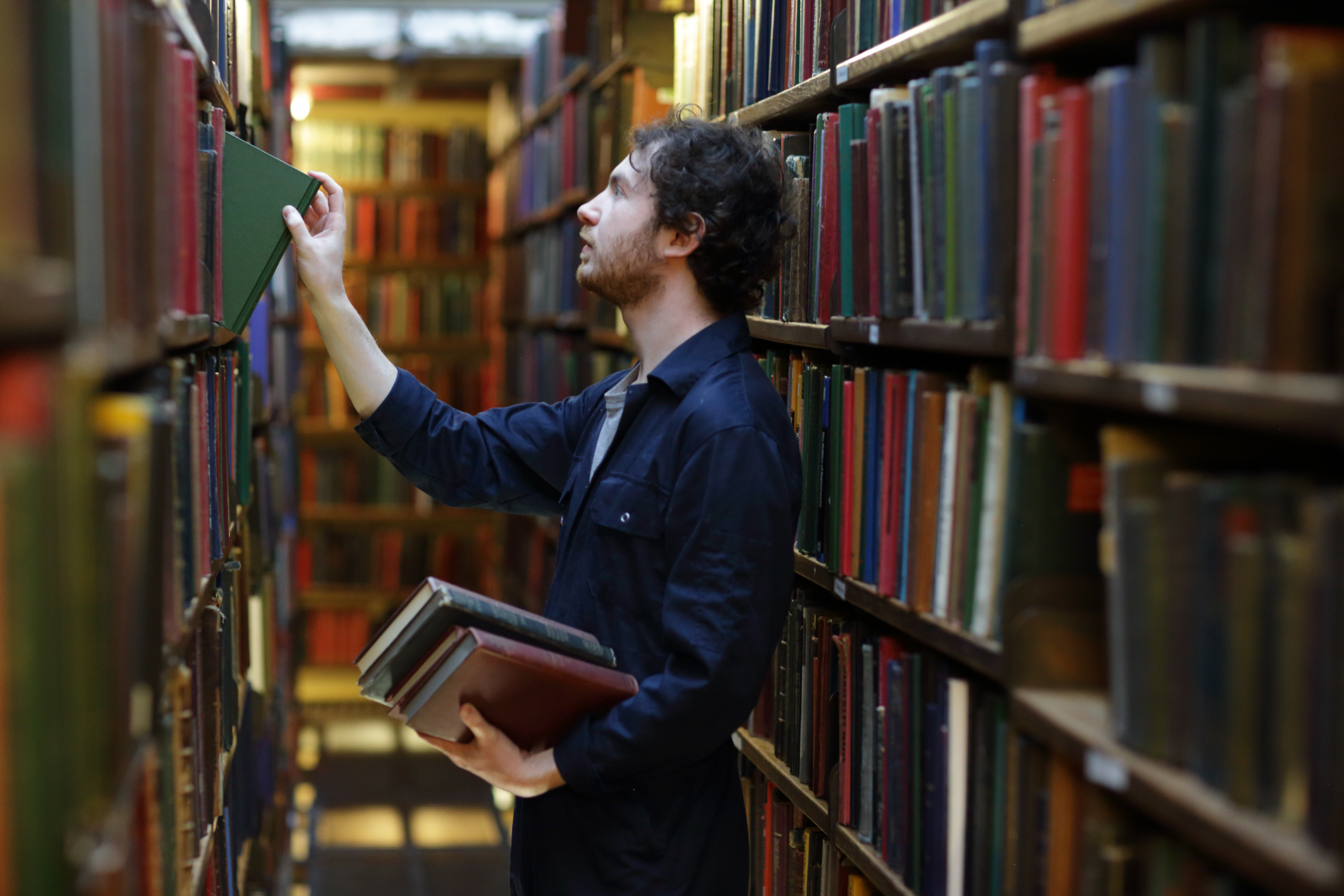
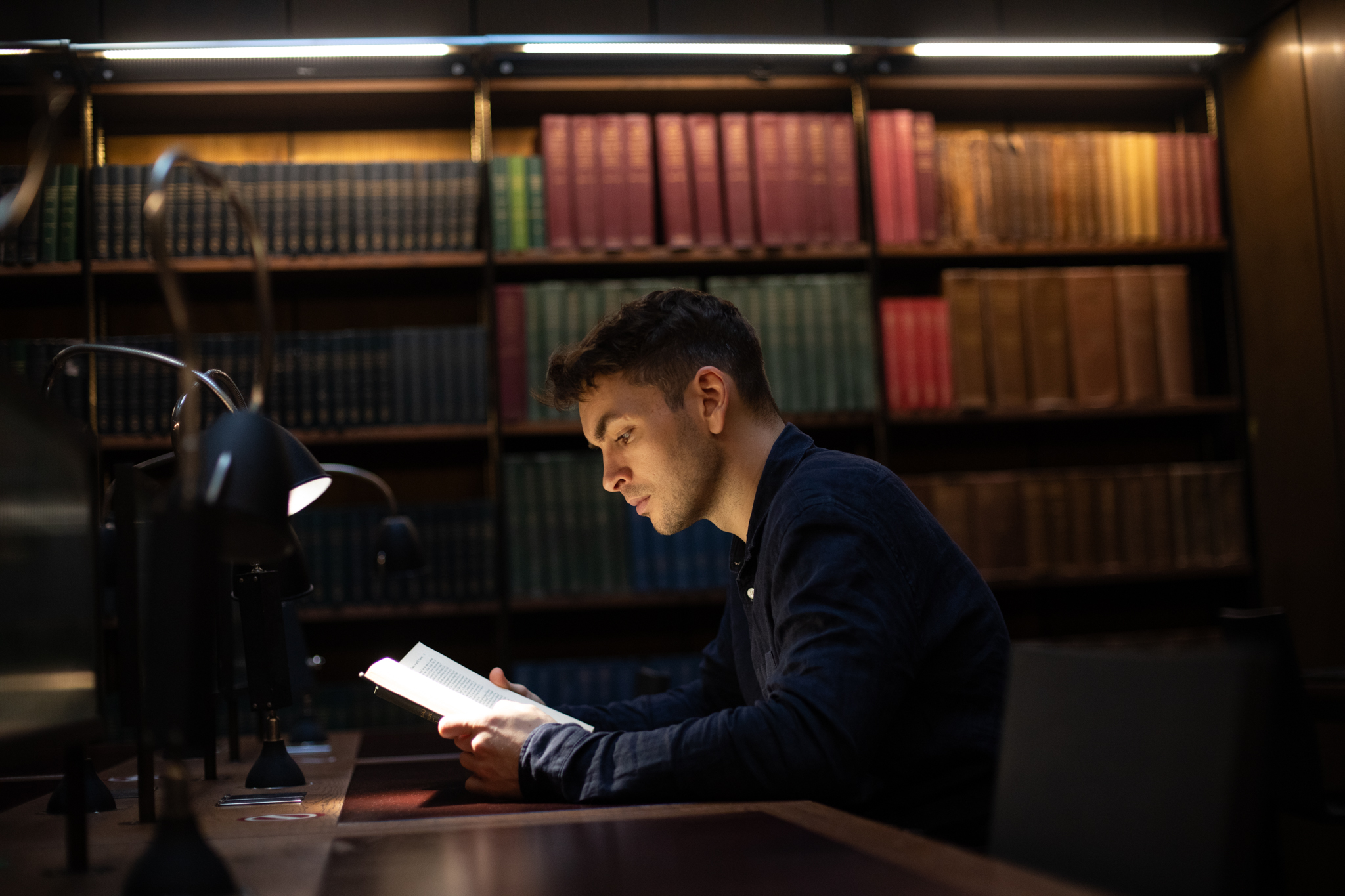
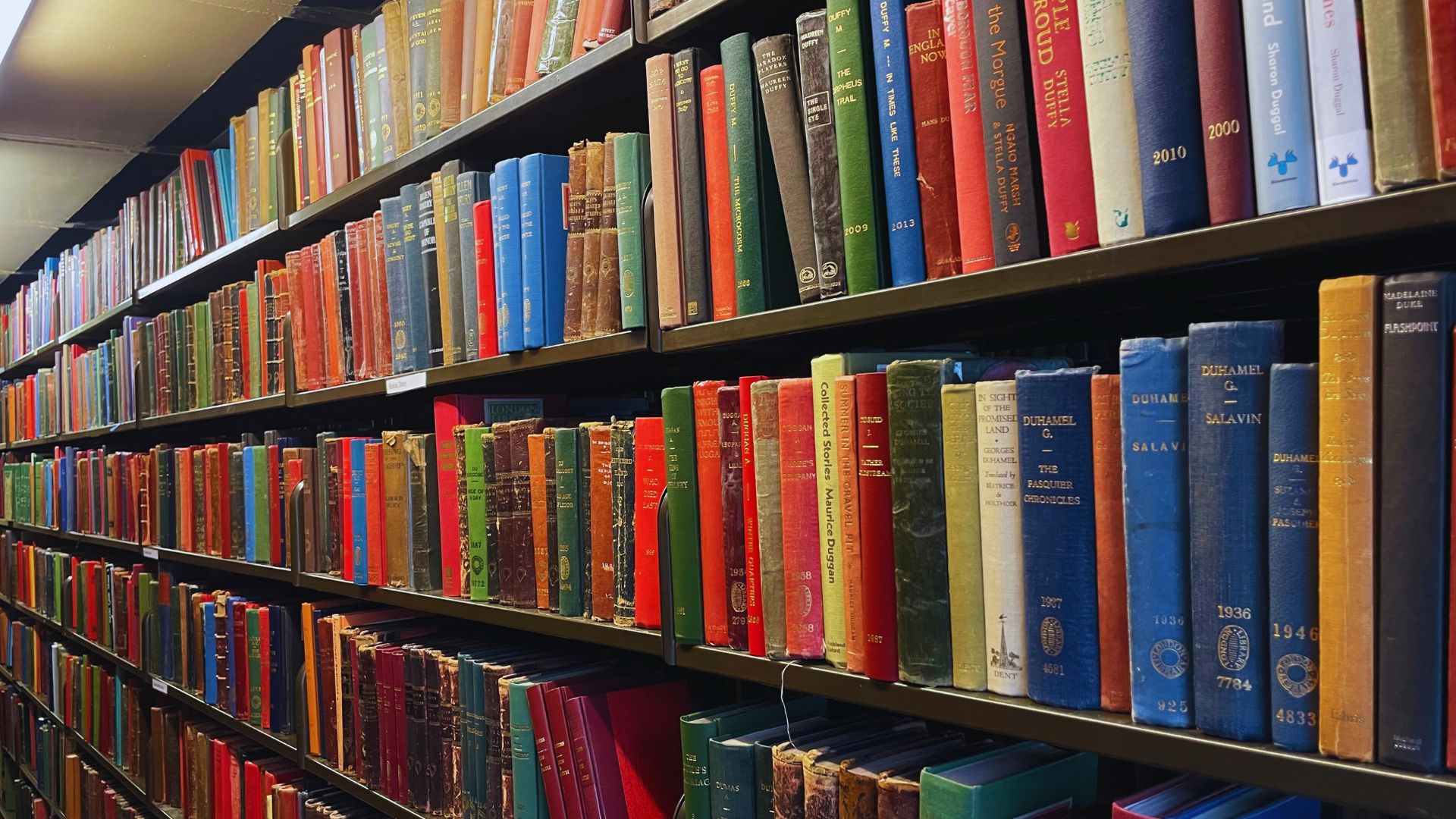
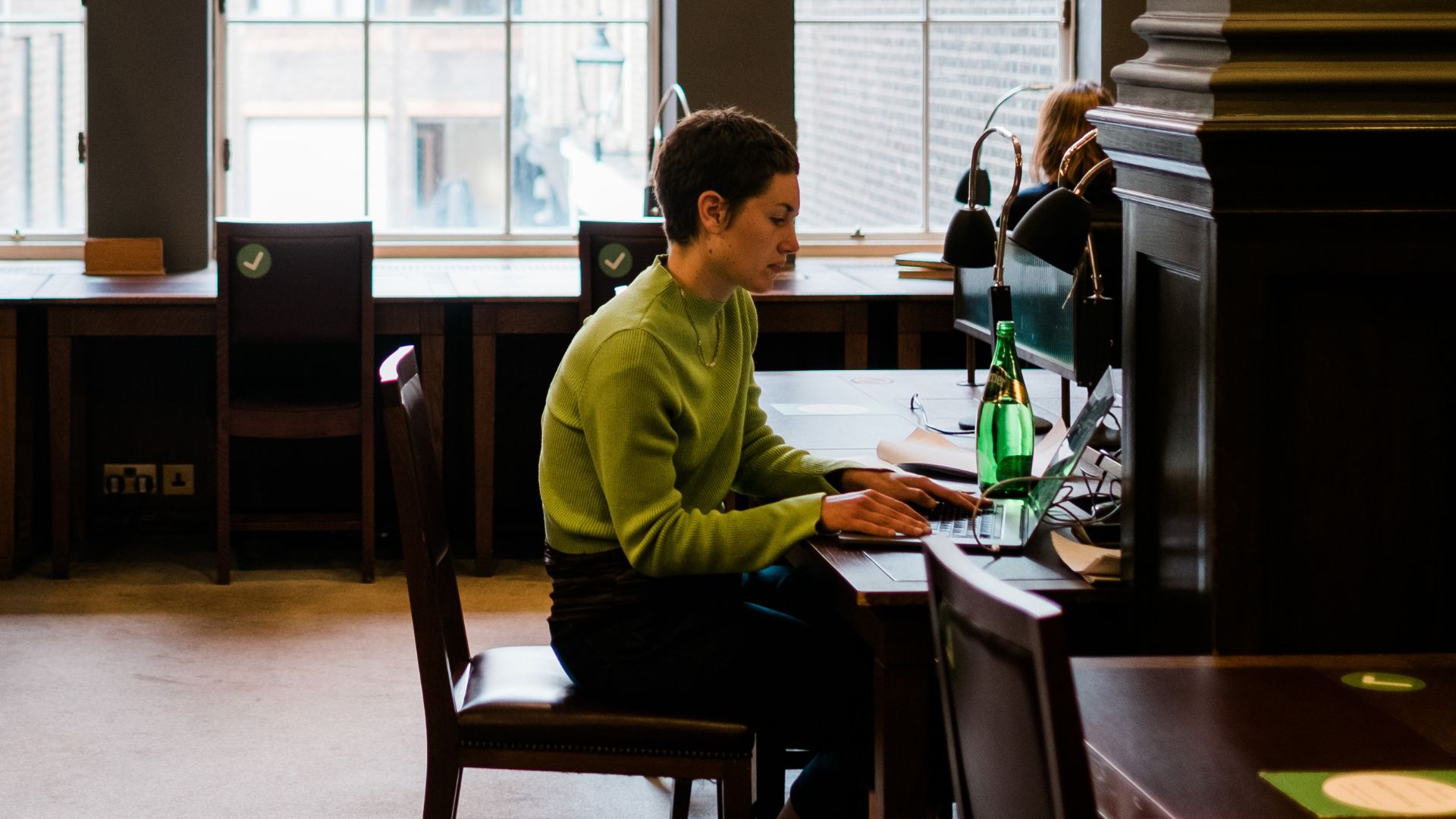

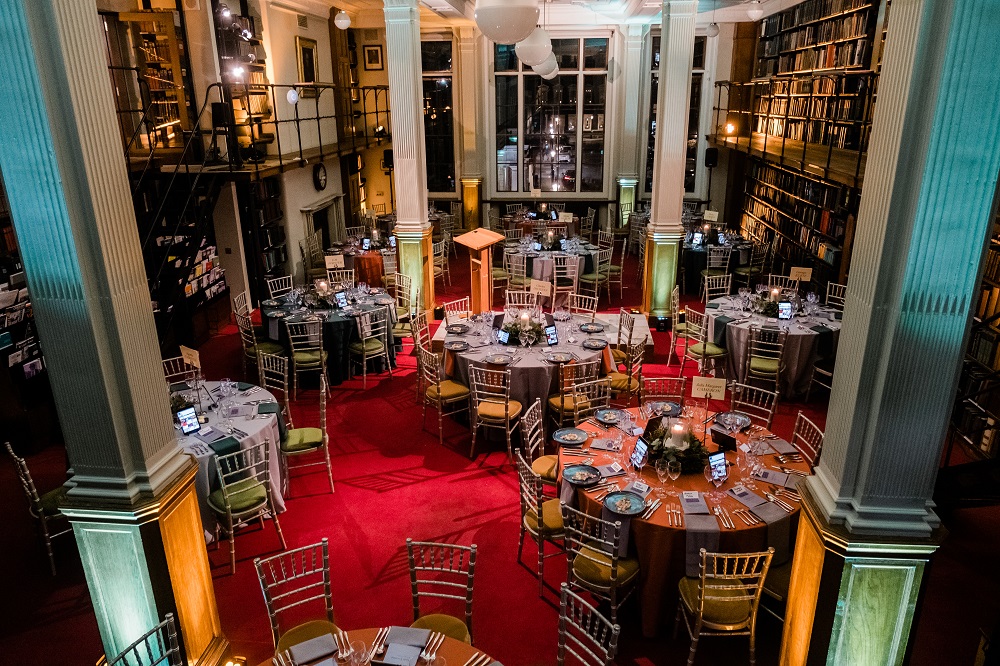





![Per le felici Nozze del nobile Signore Francesco Cortelazis colla Signora Contessa Marina Arnaldi Padova, 1857 [London Library Nozze 114].](http://blog.londonlibrary.co.uk/wp-content/uploads/2015/02/SAM_5653-300x225.jpg)
![I riti nuziali de' Greci per le faustissime Nozze dell' illustrissimo Sionor Marchese Vincenzio Riccardi con l'illustrissima Signora Ortenzia dei Vernaccia. [by Francesco Fontani followed by poems by various authors.] Firenze 1789 [London Library Nozze 104]](http://blog.londonlibrary.co.uk/wp-content/uploads/2015/02/DSC05329-199x300.jpg)
![Nelle faustissime Nozze de' nobili signori Alessandro Ottolini Conti e Luisa Santini patrizj lucchesi Rime. Lucca 1784. [London Library Nozze 72]](http://blog.londonlibrary.co.uk/wp-content/uploads/2015/02/DSC05332-199x300.jpg)
![Poesie per le felicissime Nozze del nobile Signor Conte Marcantonio Trissino di Vicenza con la nobile Signora Contessa Cecilia Emilii di Verona In Vicenza 1764 [London Library Nozze 60].](http://blog.londonlibrary.co.uk/wp-content/uploads/2015/02/DSC05360-199x300.jpg)

